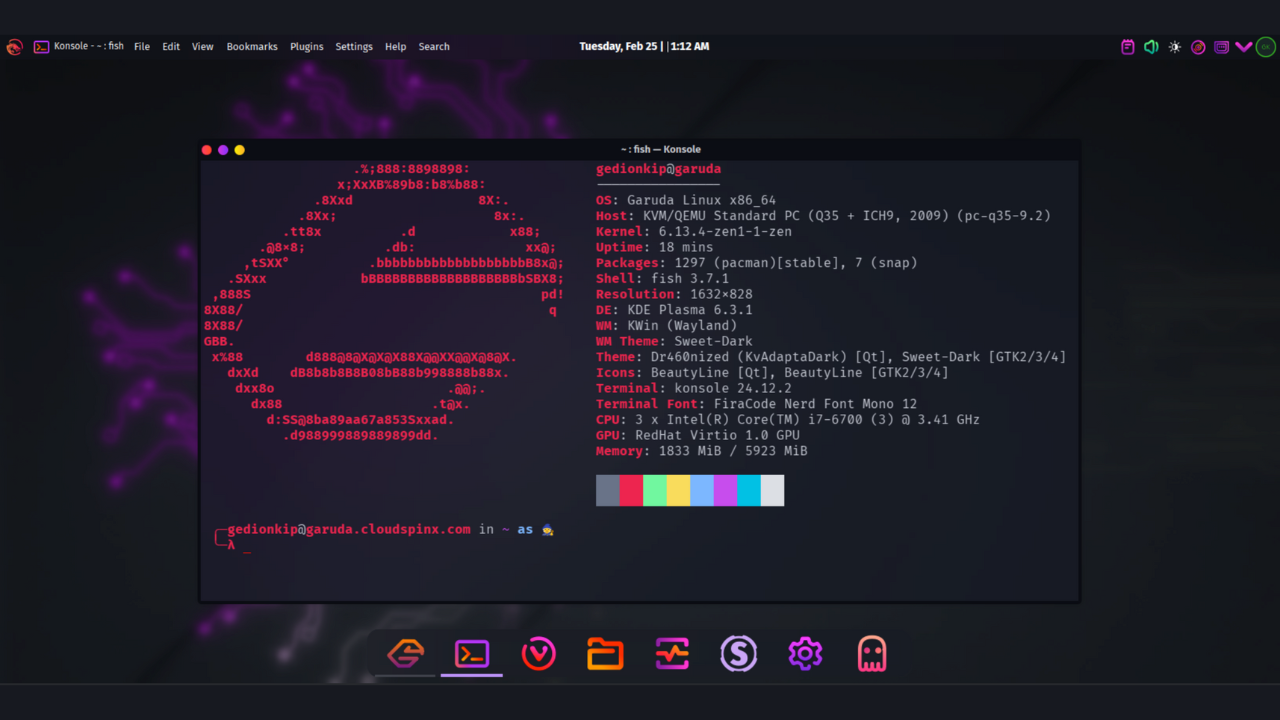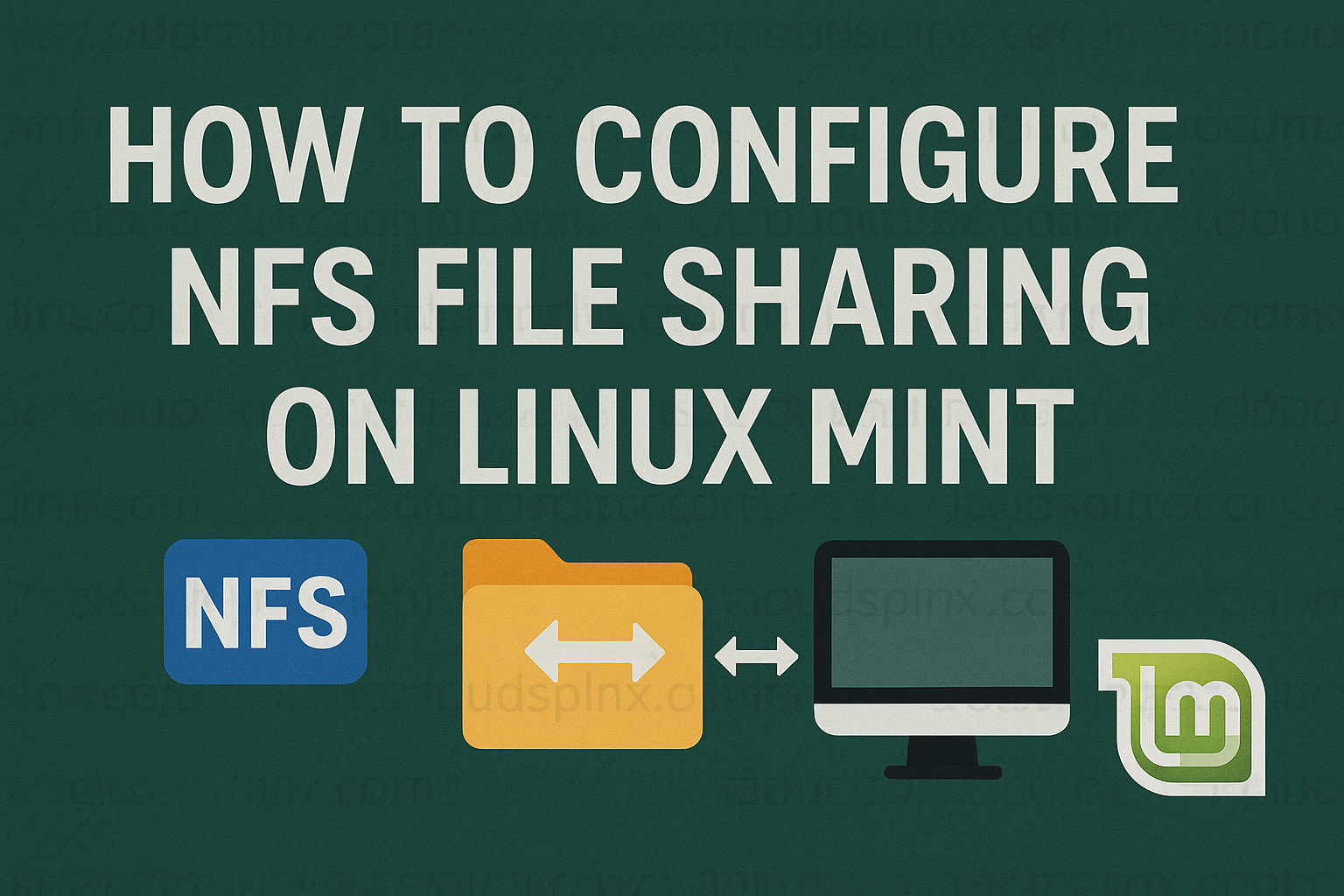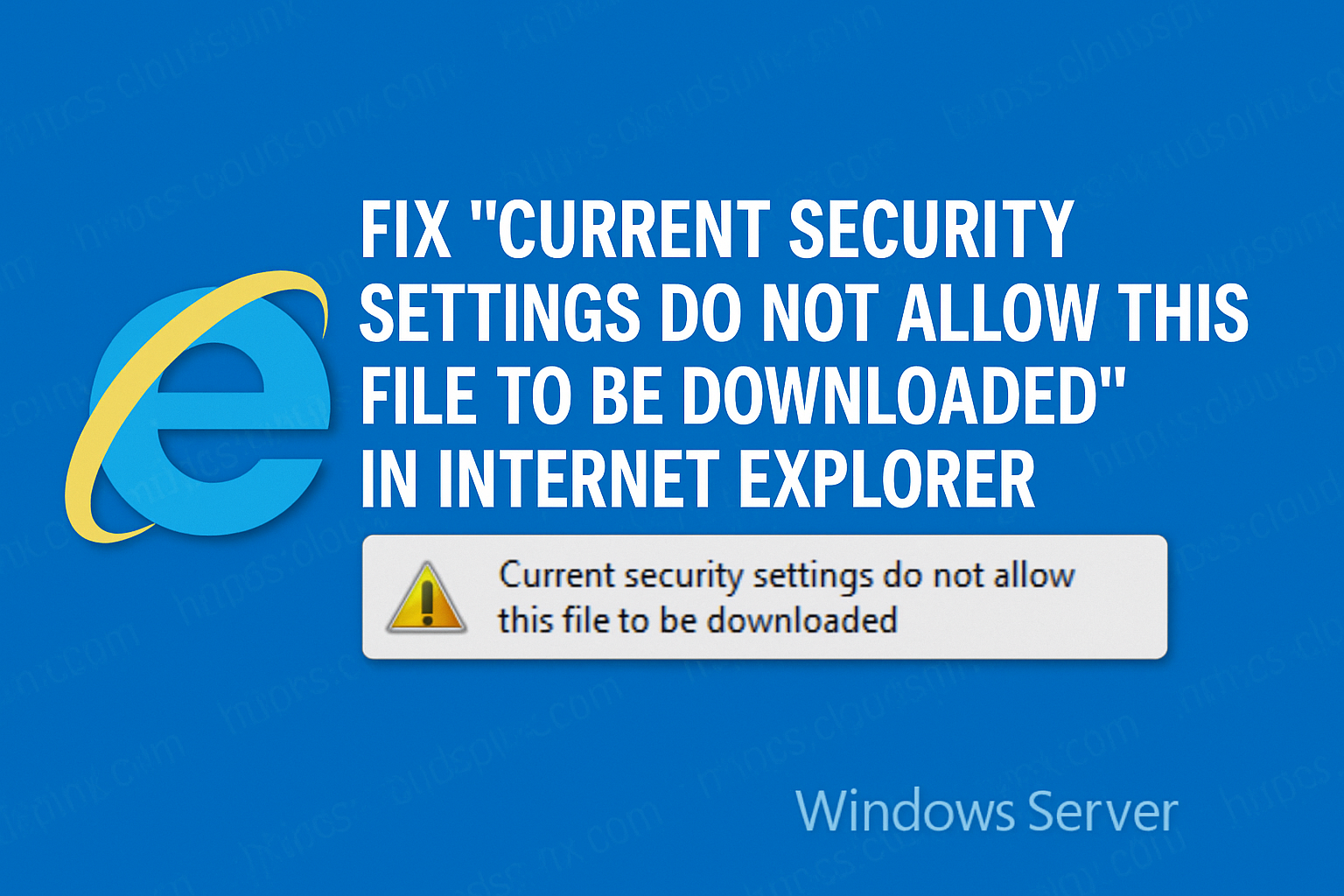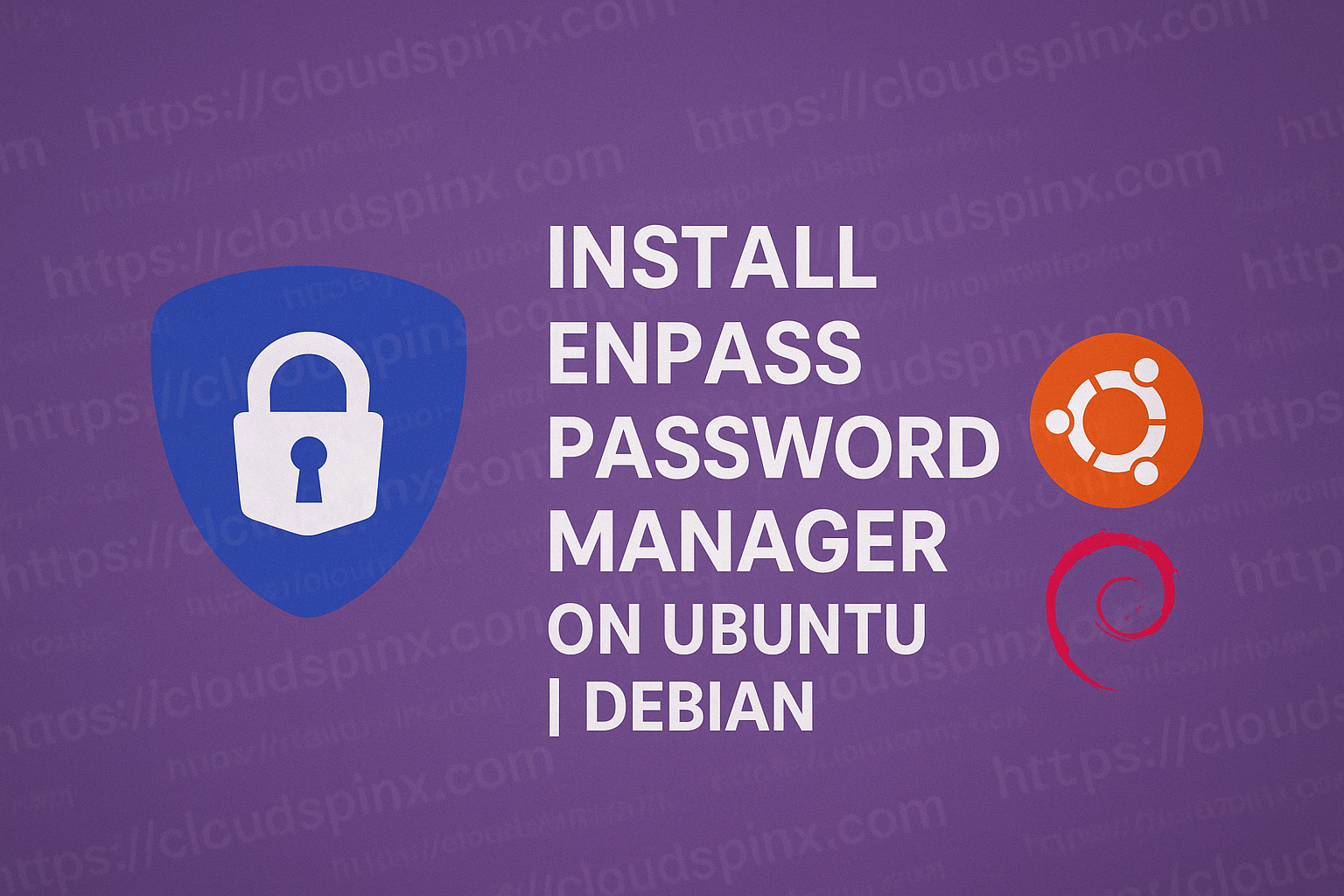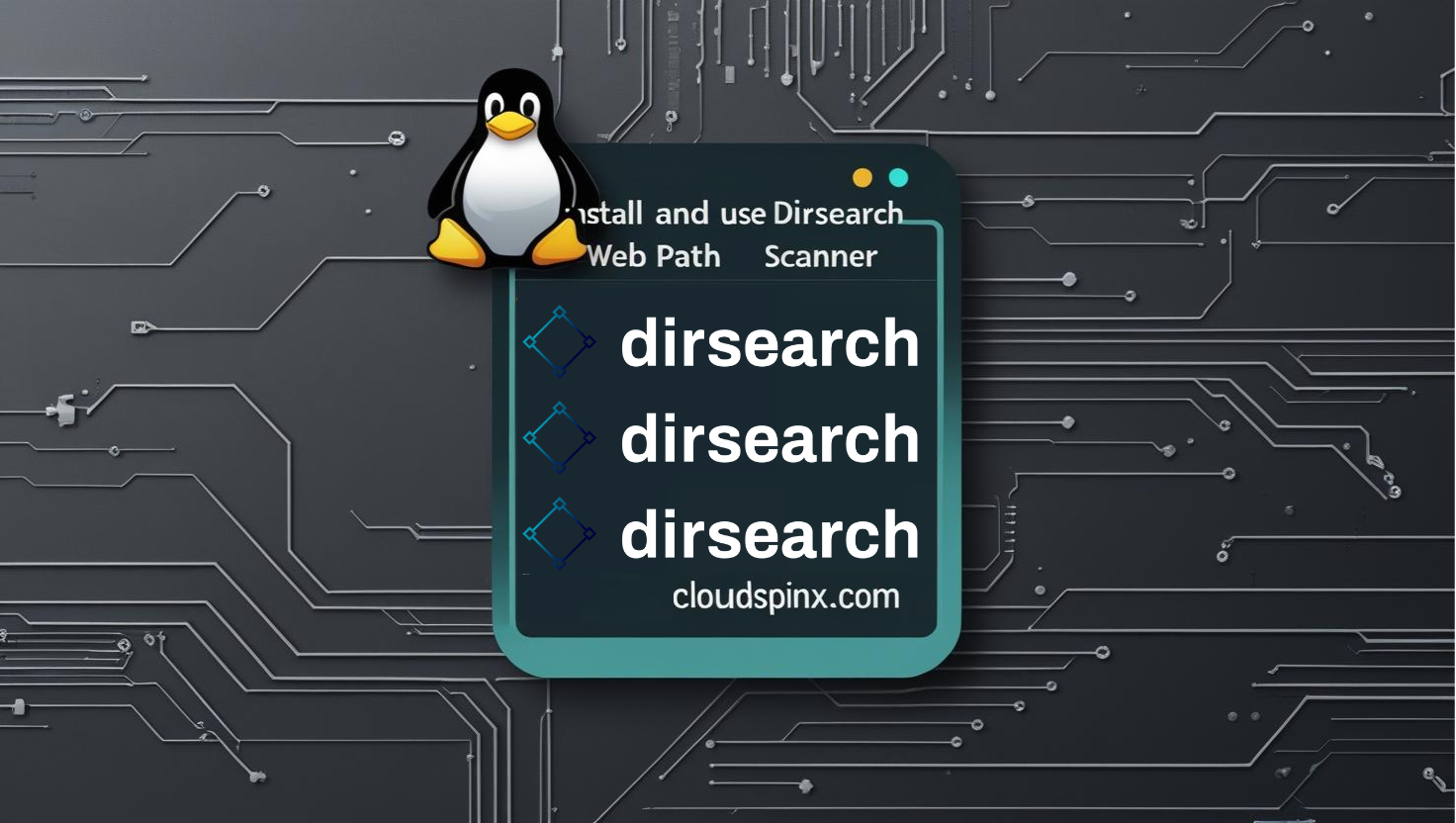This tutorial will take users through the process of installing the Opera and Vivaldi web browsers on their Garuda Linux computer. Opera is a popular and widely used web browser that is based on the Chromium project. Opera is popular among consumers because of its security features, such as ad filtering and a free VPN service that provides private internet access. Vivaldi is a cutting-edge open source web browser for Windows, Linux, macOS, and mobile platforms. It has its own set of features and is designed to be a fast, secure browser that eliminates advertising and trackers. Vivaldi is a browser created by Vivaldi Technologies, a startup formed by a co-founder of Opera Software.
Features of Opera | Vivaldi Web Browser
Opera Web Browser
The following are the features of Opera Web Browser;
- Snapshot: Capture and modify page screenshots.
- Pop-up video: Detach the video and place it in a floating window.
- Battery saver: Extend the life of your battery.
- VPN for free: Privacy and security are improved.
- Flow: Sending data from one device to another.
- Ad blocker: Block advertisements and trackers using an ad blocker.
- Currency and unit converter: Automatically convert currencies and units.
- Messengers: Chat right in your browsers using messengers.
Vivaldi Web Browser
Here are some of the cool features of Vivaldi Web Browser;
- Tracker protection: Vivaldi prevents websites from following you across the internet, allowing you to surf quietly since online privacy is just as essential as security.
- Vivaldi has a built-in ad blocker, so you can block advertising without having to install any plugins. Block all advertisements or customize your settings for each website.
- End-to-end encryption ensures secure synchronization. Sync bookmarks, passwords, extensions, and other data across all of your devices.
- Vivaldi provides you complete flexibility over how you arrange, display, and interact with tabs, including tab stacking, tab tiling, and vertical tabs.
- Manager of notes: Using Notes, jot down thoughts in the browser’s sidebar. Markdown text formatting, automated screenshot attachments, and more.
- Vivaldi comes with pre-installed dark and light themes, as well as the possibility to utilize your own OS themes.
- Keep videos hovering above other windows and programs using pop-out video.
- Extensions for Chrome: Vivaldi allows you to install Chrome extensions.
- Keyboard shortcuts that can be customized: To explore quicker, use your keyboard! Create your own keyboard shortcuts.
- Commands that can be used quickly: To discover open tabs, bookmarks, items in your browser history, and more, use Vivaldi’s universal search.
Install Opera | Vivaldi Web Browser on Garuda Linux
The methods below will show you how to install Opera and Vivaldi Web Browsers on Garuda Linux.
Install Opera Web Browser
Step 1. Update the System
We always advise Linux users to upgrade their operating system packages to the latest versions available from upstream sources.
Execute the following command to update Garuda Linux;
sudo pacman -SyuPerform a system power recycle once the system has been refreshed.
sudo rebootStep 2. Opera Installation
The next step is to install the Opera browser on Garuda Linux when it has been rebooted.
On Garuda Linux, there are two ways to install the Opera browser, but we’ll use snapd for this guide:
Install Snap before using the Snap installation technique;
$ git clone https://aur.archlinux.org/snapd.git
cd snapd
makepkg -siThe systemd unit that handles the primary snap communication socket must be activated after installation:
sudo systemctl enable --now snapd.socketTo enable classical snap support, build a symbolic link between /var/lib/snapd/snap and /snap using the following command:
sudo ln -s /var/lib/snapd/snap /snapTo verify snap’s paths are changed correctly, log out and back in again, or restart your machine:
sudo rebootNow, install Opera browser:
sudo snap install operaStep 3. Launch Opera Browser on Garuda Linux
After installing the Opera web browser on Garuda Linux, you can use the terminal or the Desktop Environment Launcher to open it. Terminal:
$ operaApplication Launcher:
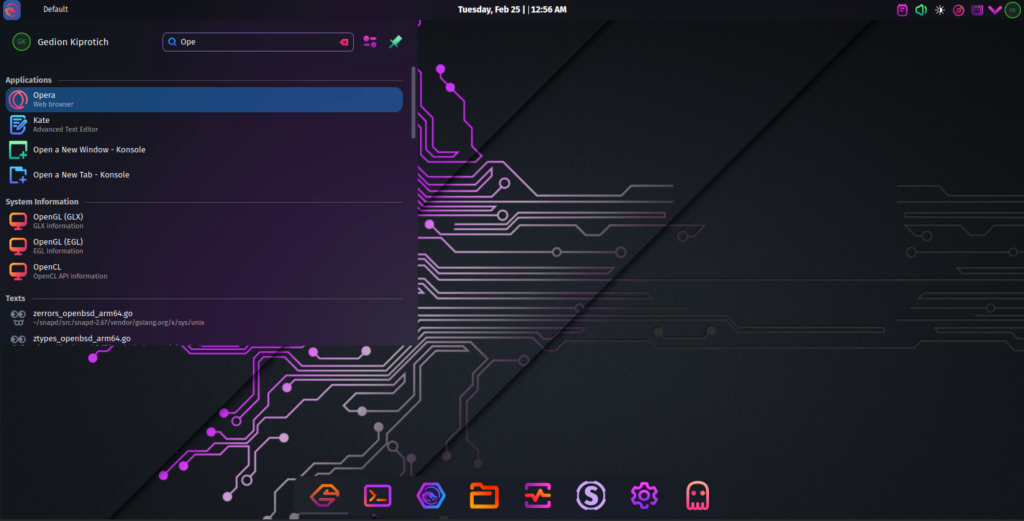
This is how opera browser look like after launching it:
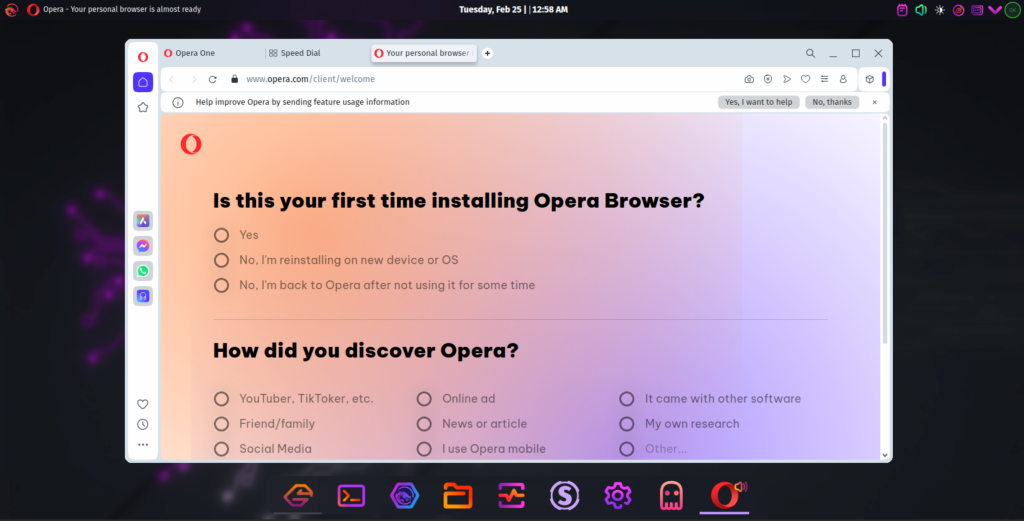
Install Vivaldi Web Browser
We’ll set up the Vivaldi browser as follows:
Step 1. Install Vivaldi Browser from AUR
Run the following command to install Vivaldi browser from AUR:
$ sudo pacman -S vivaldi
resolving dependencies...
looking for conflicting packages...
Package (1) New Version Net Change Download Size
extra/vivaldi 7.1.3570.54-1 395.03 MiB 125.16 MiB
Total Download Size: 125.16 MiB
Total Installed Size: 395.03 MiB
:: Proceed with installation? [Y/n] yAfter successful installation, The Vivaldi browser may be launched via the CLI:
$ vivaldi-stableOr you may select a program from the list of installed apps in the menu bar:
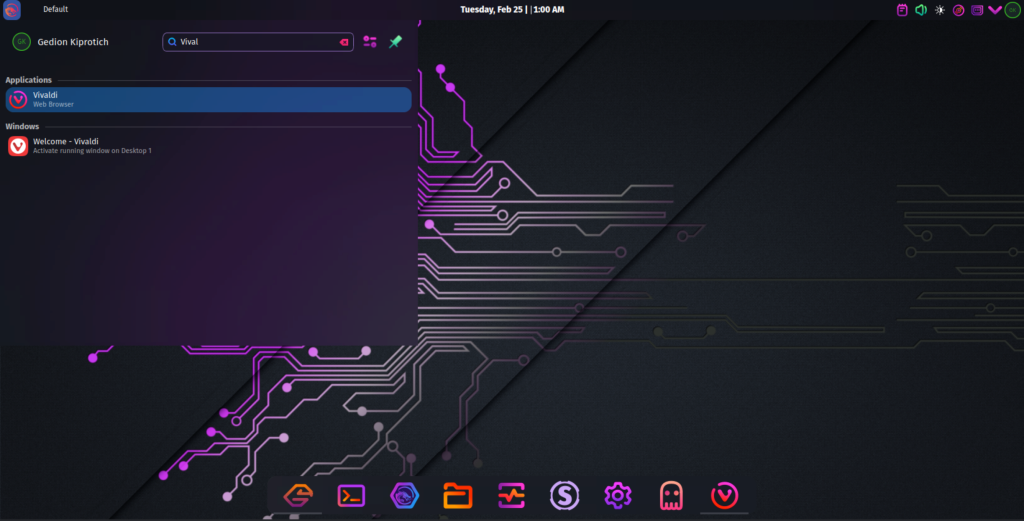
Step 2. Launch Vivaldi Browser on Garuda Linux
You may use the terminal or the Desktop Environment Launcher to access the Vivaldi web browser after it has been installed on Garuda Linux:
$ vivaldi-stableThis is how the Vivaldi browser seems once it has been launched:
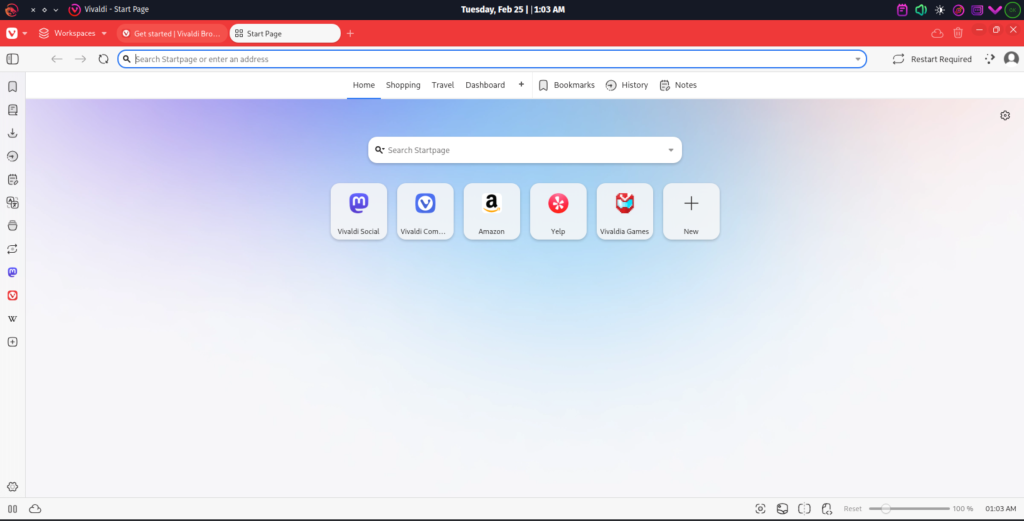
Conclusion
The Opera and Vivaldi browsers may now be installed on the Garuda Linux desktop operating system, according to our instructions. I hope you enjoy browsing on your Garuda Linux system with the Opera and Vivaldi browsers. Stay tuned for more excellent guides on Garuda Linux in the future.
Similar Guides on our site:

